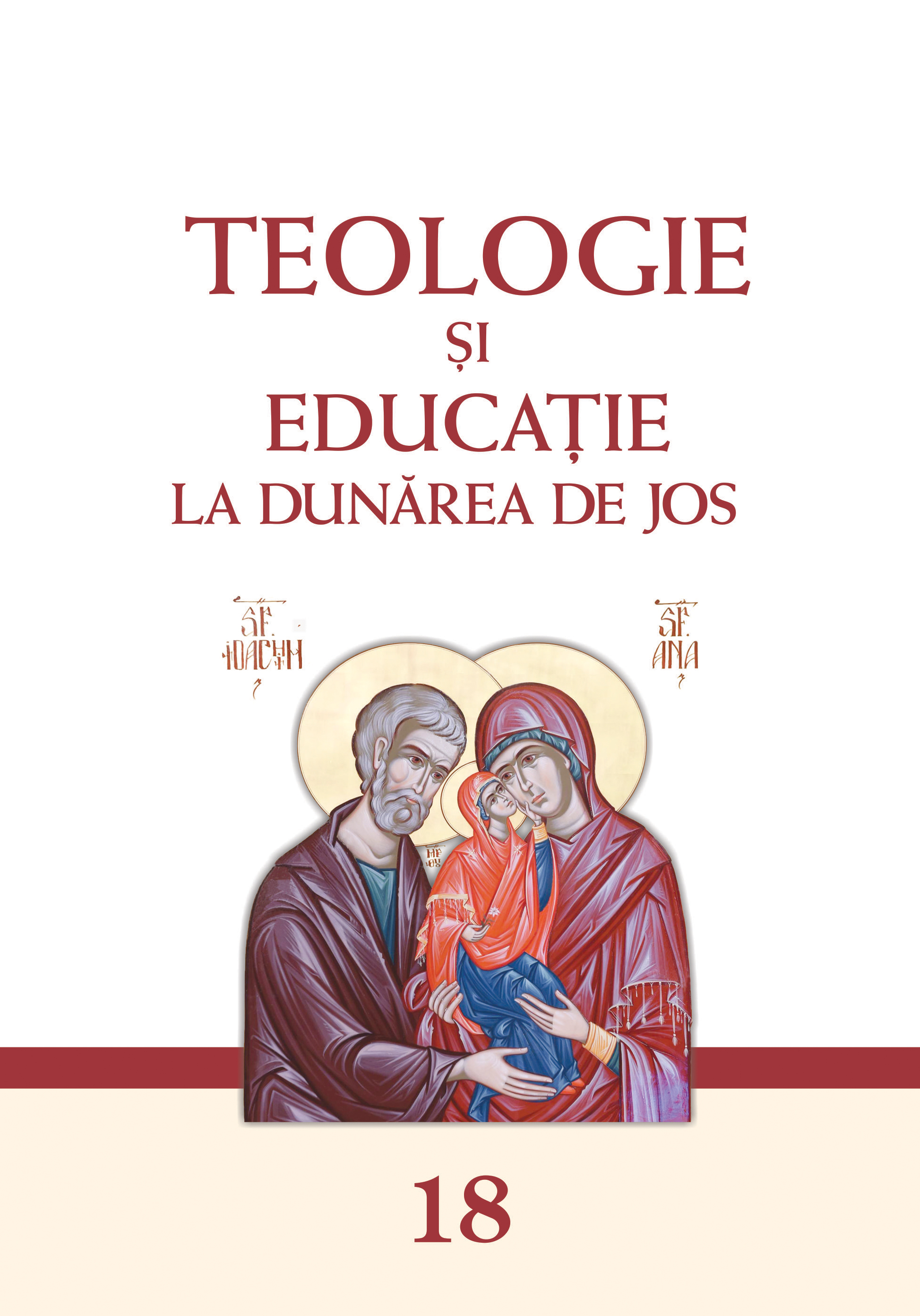De la calendele romane la colindele creștine
From Roman calendars to Christian carols
Author(s): Costel TomaSubject(s): Christian Theology and Religion, Theology and Religion
Published by: EDITURA ARHIEPISCOPIEI DUNĂRII DE JOS
Keywords: carols; Romanian village; calendar; new year; Nativity; identity; unit;
Summary/Abstract: The carols, as the joy of humanity, represent the expression of the communication of divine love to man who is willing to a divine-human dialogue, announcing the restoration and redefinition of a new anthropological perspective oriented towards the indestructible values of the divine-human Person of the Savior Jesus Christ spiritual horizon to a happy existence and eternal life. Knowing that the function of carols is the manifestation of the sacred and the internalized and subjective presence of the person or persons evoked, during Christmas, so in winter, the question that arises is how these traditions and customs for spring came to be put into practice in the winter season, even before the middle of the cold season? Most collisions refer to Dalbe Flowers, apple blossoms… (a tree that blooms in March), a prior lamb, although we are on New Year’s Eve, around January 1, and it can not be about the period when the sheep have lambs. In the text of Plugușor we speak of plowing and sowing, being in December, when mud and frost are present. You go with the plow and imitate the plowing gesture and try to pull the furrow into the ground, although most of the time, on December 30, it is frozen and it is blizzard outside. Where does all this come from? The reality of the presence in the texts of carols of some terms from the sphere of administrative organization of Wallachia, from the XV-XVII centuries represents a way of preserving and rooting the Christian spirituality but also of the national values in time, through carols.
Journal: TEOLOGIE ȘI EDUCAȚIE LA DUNĂREA DE JOS
- Issue Year: 18/2020
- Issue No: 18
- Page Range: 387-414
- Page Count: 28
- Language: Romanian

